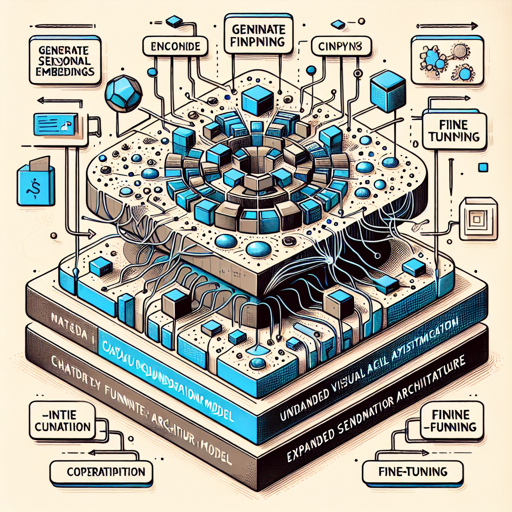Welcome to the world of the Clay Foundation Model, an open-source AI model designed to understand Earth’s geospatial and temporal data. This guide will walk you through how to use this model, troubleshoot common issues, and provide some insights into its capabilities.
What is the Clay Foundation Model?
The Clay Foundation Model is a cutting-edge AI model built on an expanded visual transformer architecture. It specializes in generating semantic embeddings tied to various locations and times, making it an invaluable tool for those working in fields reliant on geographic and temporal data.
How to Use the Clay Model
There are three primary ways to utilize the Clay Foundation Model:
- Generate Semantic Embeddings: You can create embeddings for any given location and time period.
- Fine-tuning: Tailor the model for specific tasks such as classification, regression, and generative tasks.
- Backbone for Other Models: Utilize the Clay model’s capabilities as a foundational component for other AI models.
Where to Find Clay Resources
All the necessary resources for the Clay Foundation Model can be accessed here:
- Visit our official website for more information.
- The model’s code is available on GitHub under the Apache License.
- Check out the latest release notes at v0.0.1.
- The model’s weights can be found on Hugging Face, licensed under OpenRAIL-M.
- Explore the documentation to get started with ease, licensed under CC-BY.
- Keep an eye out for our embeddings on Source Cooperative, licensed under ODC-BY (Coming Soon).
- CLAY is a fiscally sponsored project of the 501c3 non-profit Radiant Earth Foundation.
Understanding the Model’s Code
To better grasp how the model functions, imagine the Clay Foundation Model as an intricately woven map of knowledge about Earth. Each piece of data—be it a location or a time—serves as a thread that weaves through this map, creating connections and relationships. The model uses its self-supervised architecture, akin to a skilled cartographer who continuously refines their map by learning from the land (or data) laid before them. Just as a map gains clarity and accuracy from the interconnected roads and landmarks, the Clay Model generates semantically rich embeddings that understand the relationship between spatial and temporal data.
Troubleshooting Common Issues
When working with the Clay Foundation Model, you might encounter some hiccups along the way. Here are some troubleshooting steps to help you navigate through possible challenges:
- Issue: Model not generating embeddings.
Ensure that the input location and time are correctly specified in the format required by the model. Double-check your data preprocessing steps. - Issue: Errors during model fine-tuning.
Confirm that the hyperparameters you are using are appropriate for the dataset. You might want to start with the default settings provided in the documentation. - Issue: Having trouble with dependencies.
Make sure all required packages are up to date. Use a virtual environment to manage dependencies effectively. - Issue: General questions and concerns.
For more insights, updates, or to collaborate on AI development projects, stay connected with fxis.ai.
At fxis.ai, we believe that such advancements are crucial for the future of AI, as they enable more comprehensive and effective solutions. Our team is continually exploring new methodologies to push the envelope in artificial intelligence, ensuring that our clients benefit from the latest technological innovations.

